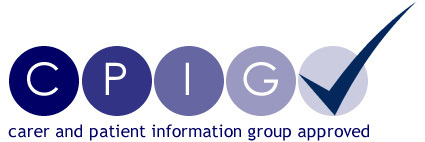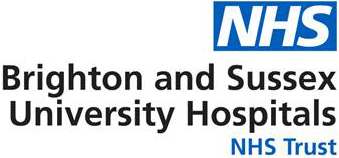Discharge advice for patients after Mitral Clip PASCAL
Download and print as a PDF
DownloadWhat happened during this procedure?
During this procedure, doctors access the mitral valve with a thin tube called a catheter that is guided through a vein in your leg to reach your heart. A small implanted clip (sometimes more than one) is attached to your mitral valve to help it close effectively.
The following advice will help you care for your wound.
How should I care for my wound?
Keep the site clean and dry to prevent infection.
- You may shower 24 hours after the procedure. Remove the dressing before showering. If the steri strips (thin strips of white tape across the incision site) are in place, allow them to fall off on their own.
- Gently clean the site daily using soap and water while standing in the shower. Dry thoroughly using a clean towel.
- Do not apply powders or lotions.
- Cover the site with a dry dressing, such as a plaster, until completely healed. If the dressing becomes wet, remove it and replace it with a new one.
- Do not sit in a bath or pool of water for five days following the procedure or until the wound has completely healed.
Will my wound hurt?
Most people do not have any pain or discomfort following the procedure. If, however, you feel any discomfort from the puncture site, you may find taking simple painkillers such as paracetamol will help.
It is also normal to develop bruising that can last up to two weeks. Some people develop a small lump on the site of their wound (1.5 to 2.5cm in size) that may last up to six weeks.
Should I limit my activities?
You may resume normal activity in two days.
- Limit lifting over 10 pounds (for example, a bag of shopping) for one week or until the wound heals.
- We advise you not to drive for one week after the procedure. DVLA currently have no driving restrictions, but you should inform your insurance company of your condition and the procedure that you have had before returning to driving.
What signs should I look out for?
Please contact us if:
- A lump develops on the site of your wound that is larger than 2.5cm.
- If the wound becomes swollen, red and more painful, or if you have any concerns about the wound.
- If you experience palpations or worsening shortness of breath in the days after this procedure.
It is highly unlikely that your wound will start to bleed, but if it does lie down flat and get a family member or friend to apply pressure on and above the bleeding area. The pressure should be applied for 10 minutes without peeping. This is the time a clot will take to form.
If you release the pressure before 10 minutes the clot is unlikely to form. If the bleeding does not stop after 10 minutes, call an ambulance immediately and continue to apply pressure.
What happens next?
A detailed report will be sent to your GP which will be copied to you.
If the hospital doctor would like to see you again in the outpatients clinic, an appointment will be sent out to you through the post.
Contact details for the Cardiac Care Unit
If you have any concerns about your groin site, or any concerns about your cardiac procedure during your first week at home, please contact us.
Telephone number: 01273 696955, extension 64484. You can call this number at any time.
Another useful contact:
Structural heart nurses: 07769286982 Email: uhsussex.structuralheartnurses@nhs.net
For more general concerns, please contact your GP.
This information is intended for patients receiving care in Brighton & Hove or Haywards Heath.
The information here is for guidance purposes only and is in no way intended to replace professional clinical advice by a qualified practitioner.
Publication Date: November 2021
Review Date: August 2024


